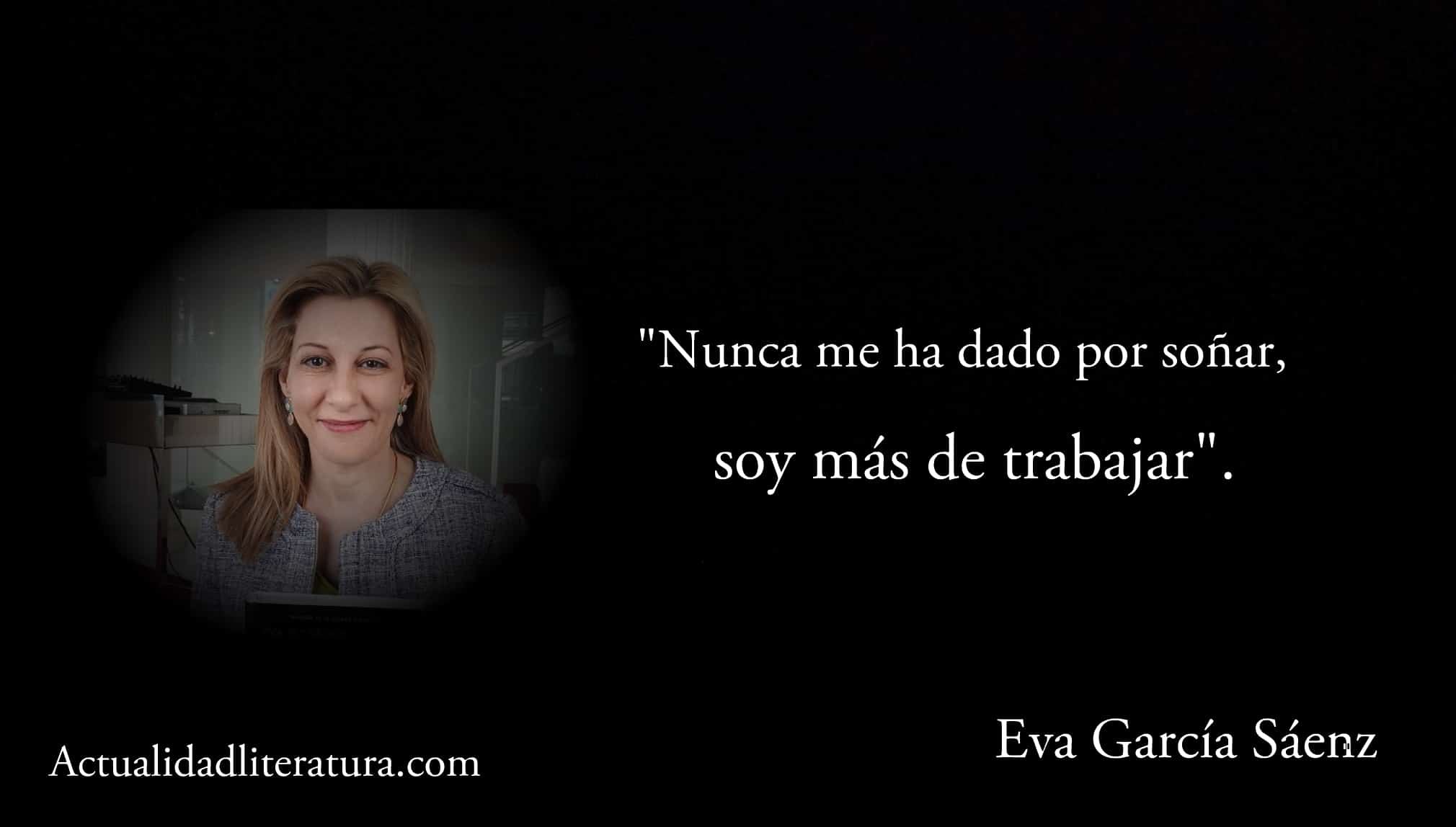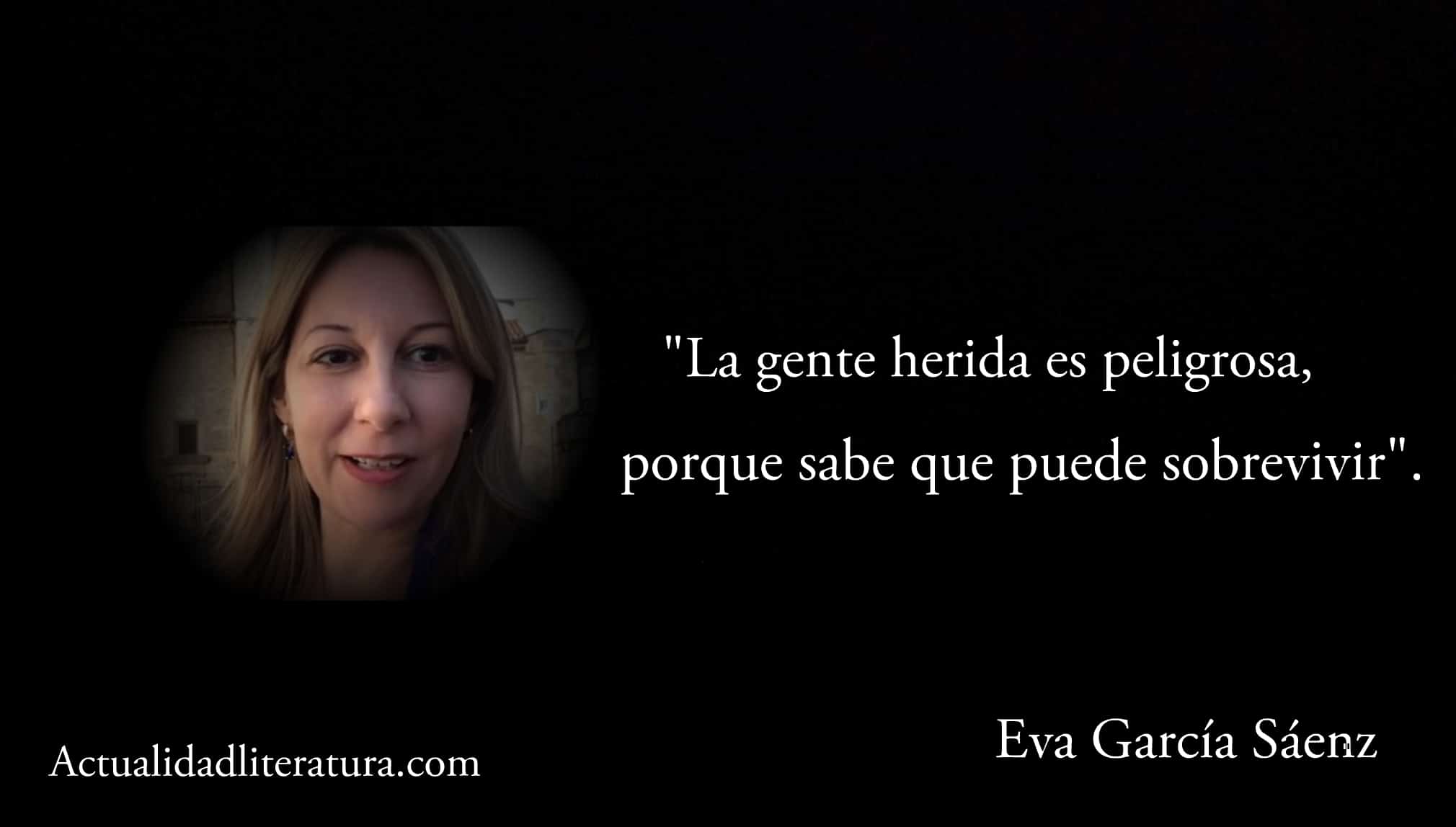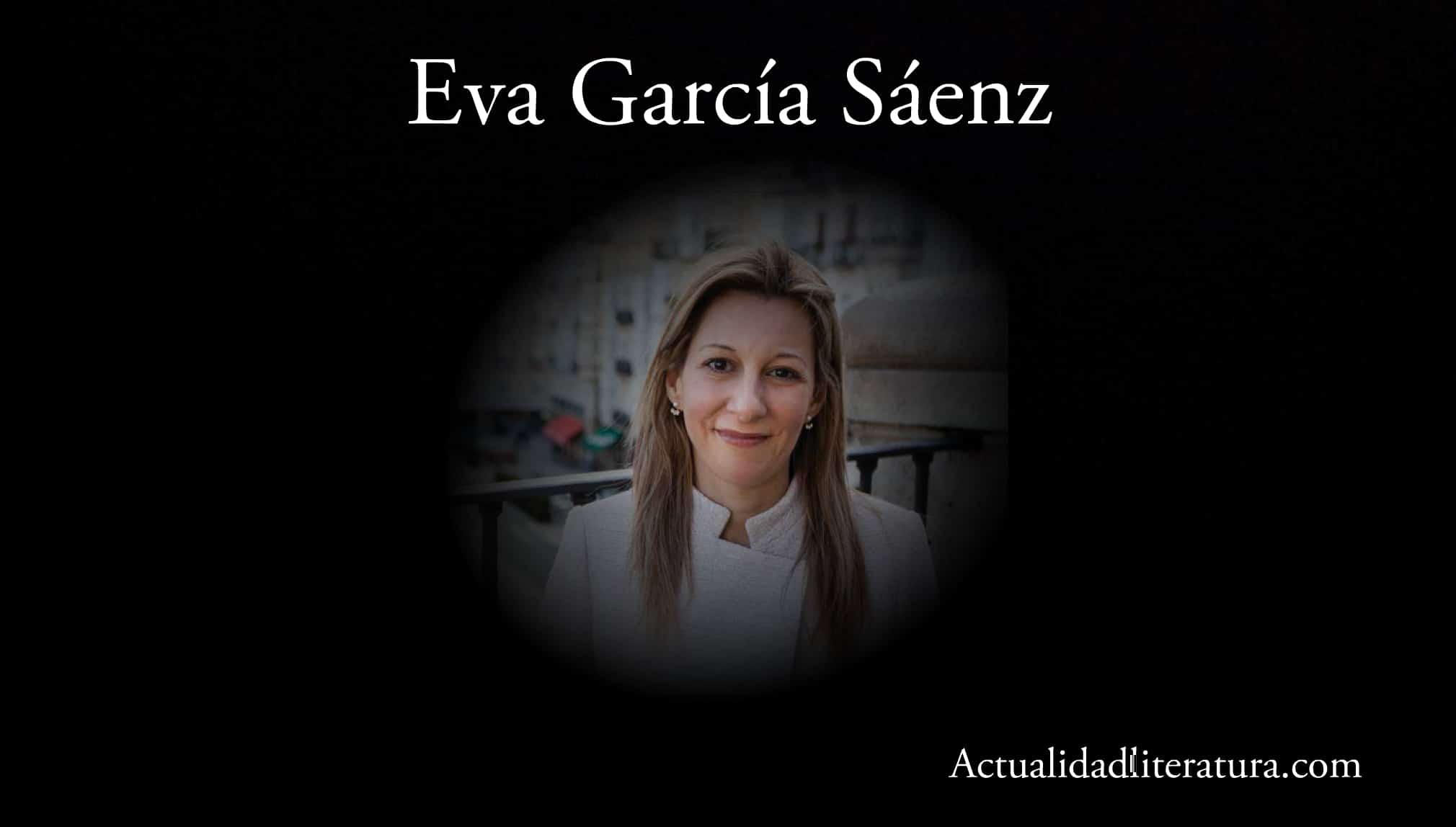
Quote by Eva García Sáenz.
On February 2, 2022 it was published The black book of hours, the fourth installment of the saga of the White City. Thanks to this tetralogy, the Vitorian Eva García Sáenz de Urturi consolidated among the pens bestsellers black novel in Spanish. In addition, Inspector Unai López de Ayala —protagonist of the series— penetrated deeply into the imagination of millions of Spanish-speaking readers.
Therefore, it is not surprising that the book quickly rose to the top of the best sellers of Spanish and Latin American authors (Amazon). In fact, the first hardcover edition sold out in a few days. It should be remembered that there are currently several literary routes created by the Vitoria City Council and the Basque Government with the locations of García Sáenz's thrillers
The black book of hours in the words of its creator
conception and inspiration
In an interview with book catcher (2022), the author stated that she developed two types of psychological profiles for the murderers in her story. The first is a "righteous assassin" whose motive is to penalize his target's greed through an (explosive) work of art painted with glycerin. That search for "new ways to kill" to surprise the audience is distinctive of Garcia Saenz.
For the second prototype of the victimizer, the Basque writer was inspired by the Vitoria cards of the 1920s. These were workers who had an overprotective employer and enjoyed a good social status at that time. In addition, the writer enriched the development of the book with her knowledge in library science, natural pigments and medieval manuscripts.
The evolution of Inspector “Kraken”
Since the events of The silence of the White City but also The black book of hours the protagonist went from being 40 to 45 years old. Likewise, in this installment the former Inspector of the Vitoria Criminalistics Division has retired and only works as an instructor for criminal profilers. Now, the most obvious change in Unai López de Ayala is in the psychological aspect.
The three predecessor cases have made the Kraken a figure known by the press and the inhabitants of his city. At the same time, several of his relatives—grandfather, brother, and daughter—have been affected by past events. Therefore, he decides to get away from the public sphere for a bit to protect them, but eventually it becomes impossible for him not to get involved in a new case.
The mother figure
Unai is shaken by a triple disconcerting news. First, his mother, presumed dead for forty years, is alive. Second, the lady has been kidnapped and she must find her in less than seven days. Lastly, her mother is apparently into old book forgery because she was made into a copier extraordinaire from a very young age.
In this way, the Kraken is forced once again to review his memories of adolescence and childhood to try to understand the situation. From this point on, the narration proceeds in a similar way to that of the other volumes of the tetralogy, that is, with two timelines. Thus, the analepsis shows key events in Unai's past that could elucidate the framework of the present.
the books of hours

Quote by Eva García Sáenz.
These are prayer texts that were created on behalf of very wealthy people —almost always those related to the monarchy— during the Middle Ages. In these devotionals, the time to pray appears stipulated every three hours, it was announced with bells and, upon hearing them, all people had to stop their occupations momentarily to pray.
Meanwhile, the piece that Unai must locate to clear up the mess has the peculiarity of having dark pages (hence the title of the work). According to historians, only seven prayer books with black leaves were created in the whole world, of which only three have been obtained. Additionally, they are singular works; there are no two made with similar processes.
Research
The characteristics alluded to in the previous section explain the immeasurable artistic and historical value of the black books of hours. On the other hand, librarians rely on the analysis of pigments and papyri to elucidate where and when they were made. This is exactly the type of investigation that Kraken needs to carry out as quickly as possible.
Apart from Unai's distressing family circumstance, with each passing day more booksellers appear murdered by a perpetrator of remarkable intelligence. Consequently, the narration acquires a frenetic rhythm perfectly complemented by the technical police details characteristic of Eva García Sáenz de Urturi.
public reception
The black book of hours has been rated five (maximum) and four stars by 55% and 29% of Amazon users, respectively. Only 17% of reviews show three or fewer stars. The few opposing voices speak of a tiresome story, lacking credibility and somewhat unfair to bibliophiles.
On the other hand, the vast majority of the comments highlight the suspense and the hooking power of the Iberian author's publication. In addition, many of the flattering reviews were issued by people who had read García Sáenz's other books. Therefore, they are readers who brought the bar quite high when immersing themselves in the plot.
About the author, Eva García Sáenz

Eva Garcia Saenz.
Eva García Sáenz de Urturi was born in Vitoria, Álava, Spain, on August 20, 1972. Her curriculum includes a diploma in Optics and Optometry obtained at the University of Alicante, a career she pursued for a decade. In 2012, she presented her debut feature: The old family, which is also the first volume of the well-received Long Lives Saga.
In this series —and in all of her texts— the writer has demonstrated a very complete historical and/or technical documentation. That previous work in combination with a dynamic and detailed narrative style (but without “sprinkling” the reader with blood) is the best-selling formula of the Basque author. Likewise, her characters have remarkable psychological depth and convey a lot of humanity.
The books of Eva García Sáenz de Urturi
- The saga of the old ones:
- The old family (2012)
- The sons of Adam (2014)
- A Passage to Tahiti (2014)
- White City Tetralogy
- The silence of the White City (2016)
- The water rites (2017)
- The time lords (2018)
- The black book of hours (2022)
- Aquitaine (2020)
